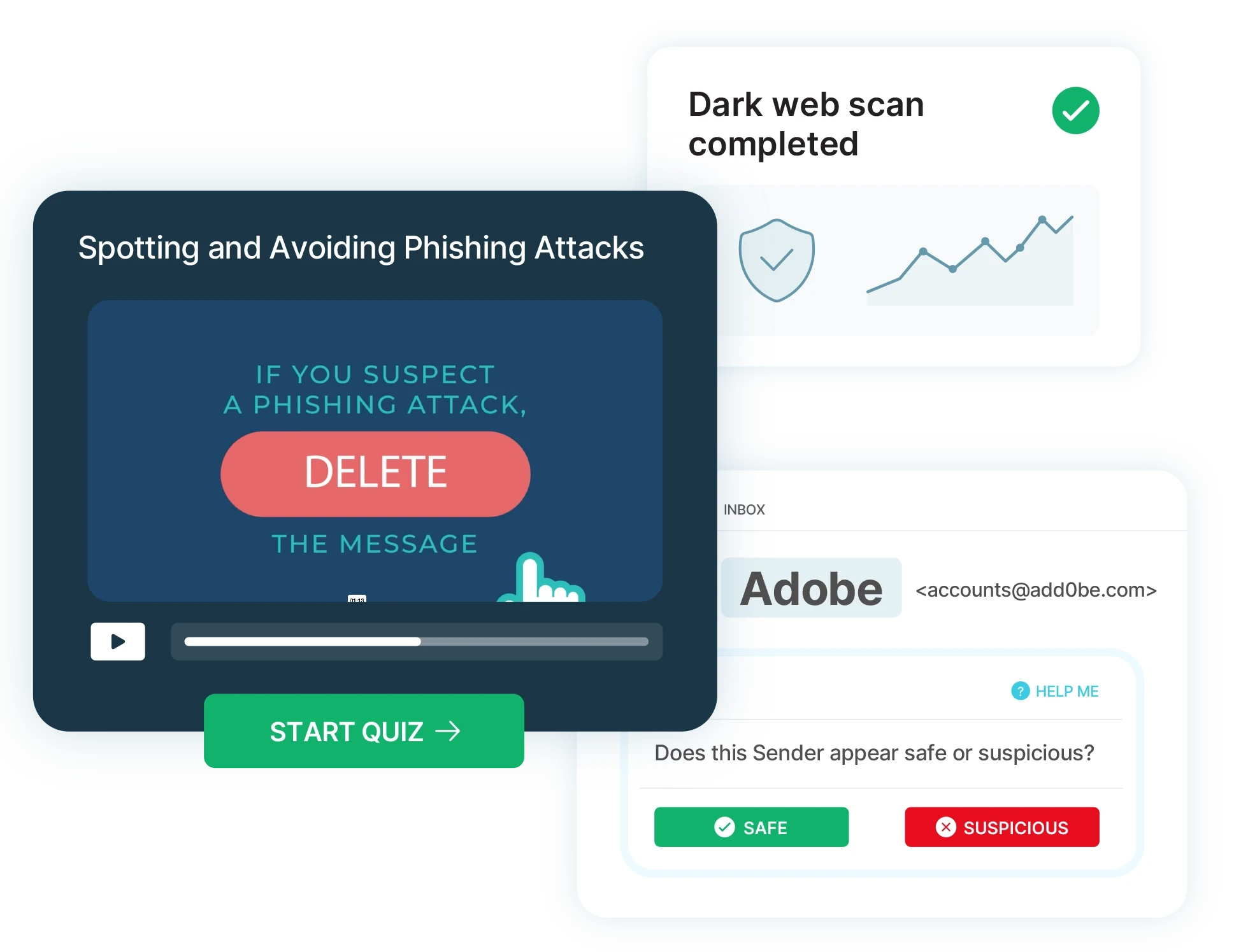“Using CyberHoot was one of the best decisions we made regarding SAT. Fully automated, training is interesting, and staff participation is high compared to other vendors.”
Discover and share the latest cybersecurity trends, tips and best practices – alongside new threats to watch out for.
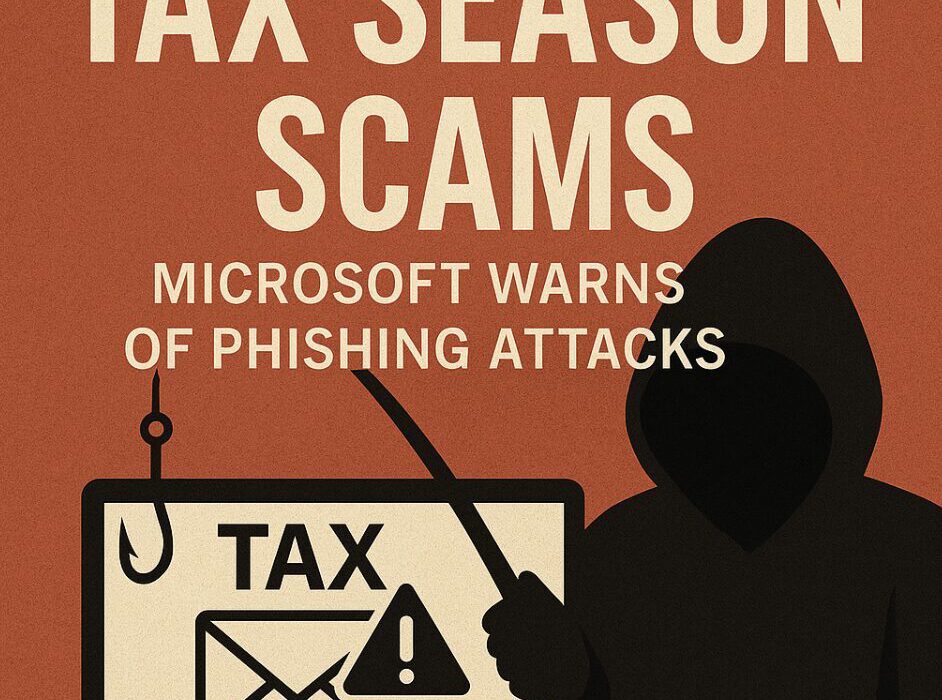
As the April 15 U.S. Tax Day approaches, cybercriminals are intensifying their efforts to...
Read more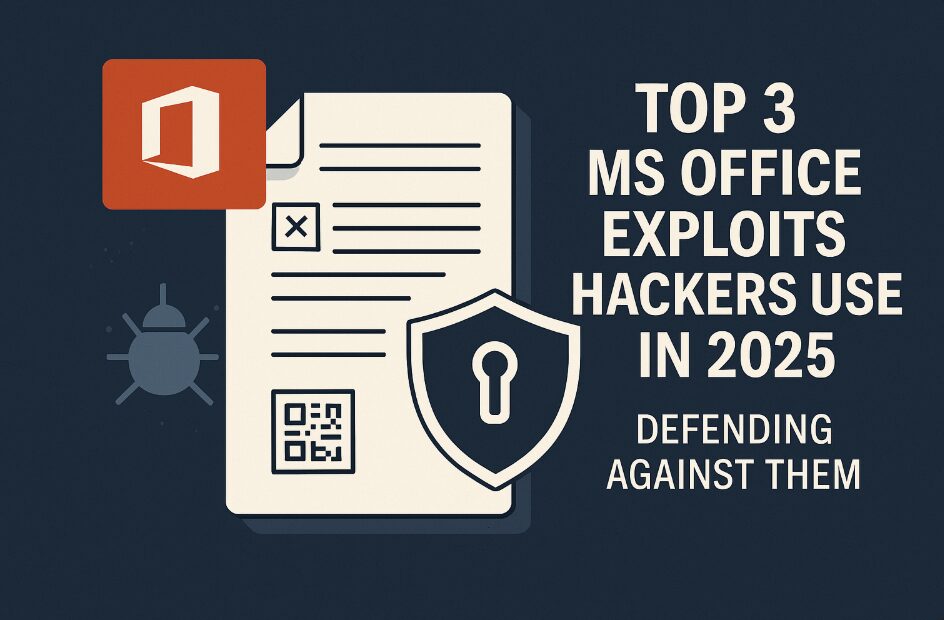
In 2025, hackers continue to exploit office files, making them a top attack vector for cybercrime....
Read more
As ransomware threats go, the Medusa ransomware group has a lengthy and notorious history of successfully...
Read more
In a recent revelation, cybersecurity researchers from sqrx.com have uncovered a sophisticated attack method...
Read more
Dark Web Hacking Groups Mirror Real-World SaaS Companies In today's hyper connected world, the distinction...
Read more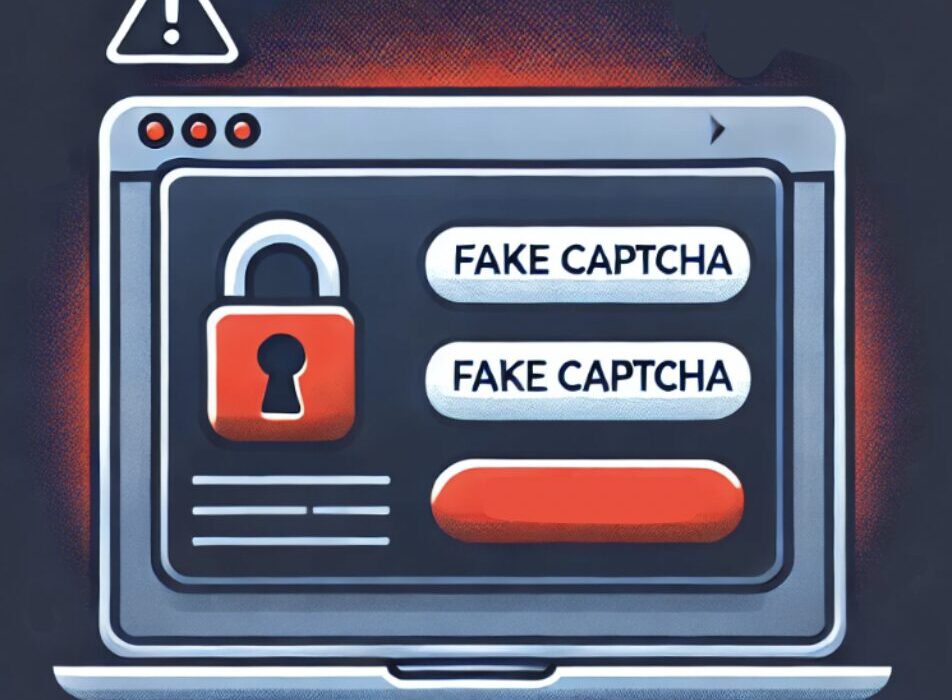
In today’s ever evolving cyber threat landscape, attackers are finding innovative ways to bypass traditional...
Read more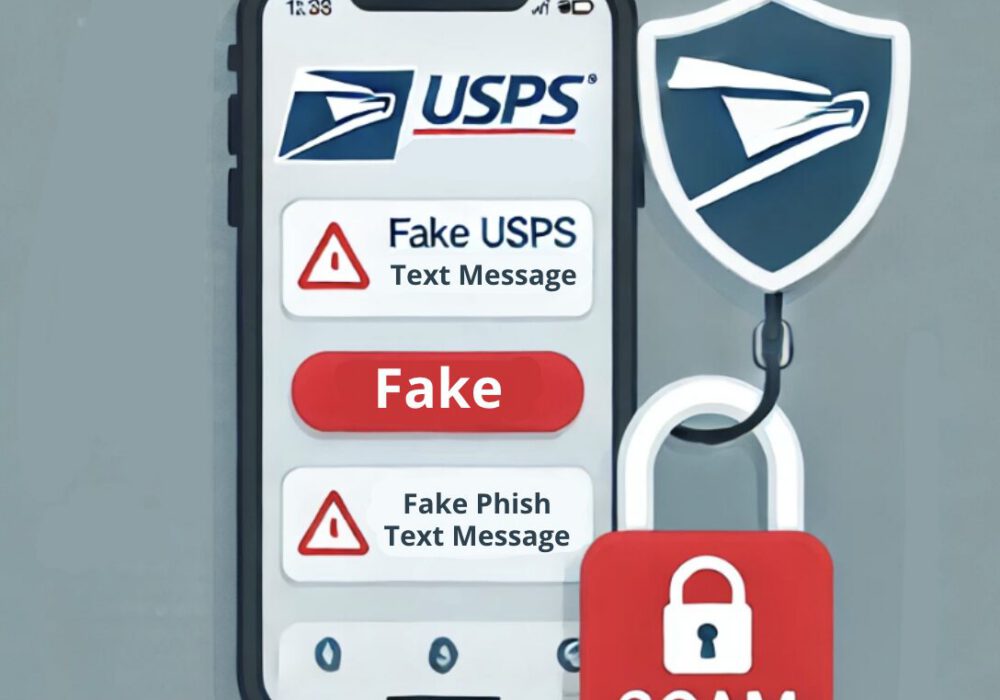
In the ever-evolving landscape of cybercrime, scammers are constantly finding innovative ways to...
Read more
Three weeks ago a new AI service came to market called DeepSeek. Competing with US AI startup...
Read more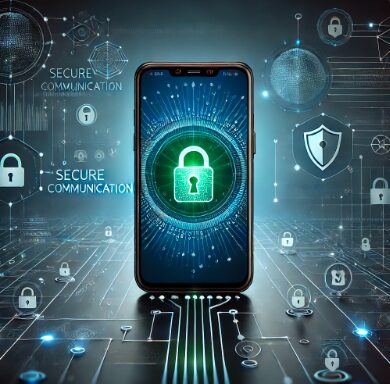
As Nation-State cyberattacks become increasingly sophisticated and widespread, U.S. officials are urging...
Read more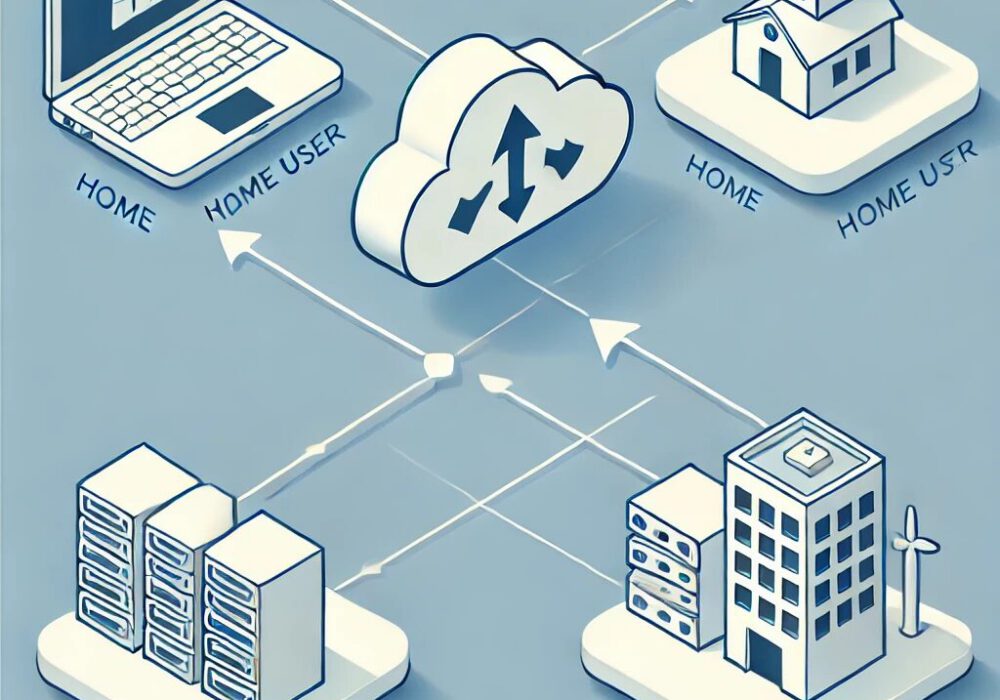
Incident Overview A significant breach affecting FortiGate’s SSL VPNs has exposed vulnerabilities in nearly all...
Read more
In a disturbing development for Android users, cybersecurity experts have uncovered a new malware campaign known...
Read more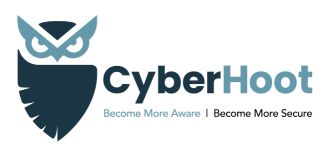
Welcome to CyberHoot's cyber literacy 101 core curriculum videos. This introductory video introduces end users...
Read moreGet sharper eyes on human risks, with the positive approach that beats traditional phish testing.
